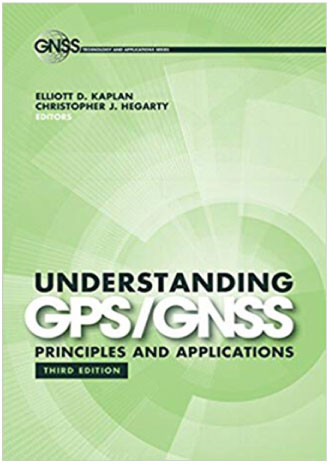
I have used the previous editions of this book for many years as one of my standard reference texts, and so I was delighted to see that this new, and fully updated, edition of the book has now been published.
It is quite a common feature of textbooks, which cover rapidly changing technical subjects, that they do tend to become out-of-date quite quickly. Clearly, the background material does not change, but the systems, technology and applications are evolving so rapidly that there is a regular and consistent need for the authors (or editors) to keep the texts up to date.
This new edition does far more than simply update the previous versions. The scope has now been extended beyond GPS to now include the broad range of new and developing Global Navigation Satellite Systems (GNSS) and the integration of GNSS with other RF signals and sensors. The very comprehensive nature and coverage of the new edition really sets this text apart from other similar books in the same field. An inevitable consequence of such an expansion in scope and depth of coverage of the subject matter is that the volume has now grown to almost 1,000 pages. The somewhat similar text Springer Handbook of Global Navigation Satellite Systems (2017) comprises around 1,350 pages. In an attempt to be fully inclusive and provide a complete coverage of the core and related technologies, these two comparable texts have grown to these enormous sizes. But I see this as a very positive attribute, as they both provide the reader with an essential ‘one-stop-shop’ textbook in a single and complete volume.
There are in total around 30 authors in the multidisciplinary team of experts who have provided the depth of practical experience and knowledge. However, it is the distinct skill and expertise of the two editors – Kaplan and Hegarty – that have brought all this material together into a single coherent volume. Indeed, their editorial work is so accomplished that this book does not read like an edited work.
I would highly recommend this book to those new to the world of GNSS but also to current practitioners and students who wish to both update and expand their knowledge. It will certainly have pride of place on my bookshelf as my go-to reference book.




